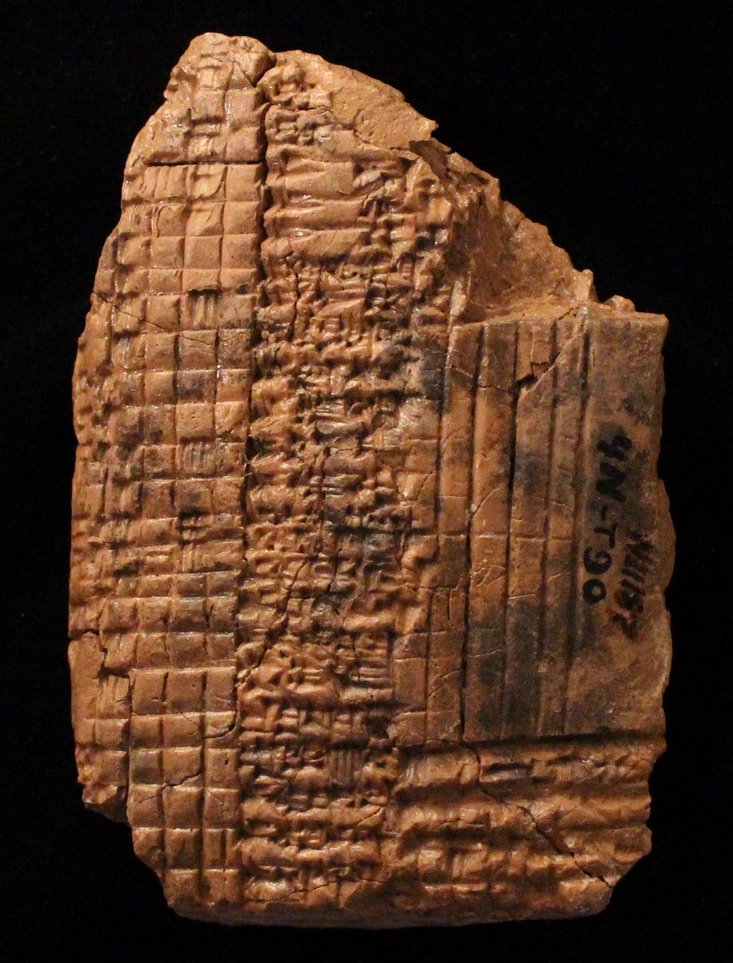Archival Practices in Ancient Iraq
2023–2025
RFE21

Nicole Brisch
The city of Nippur, located in southern Iraq, was the religious center of Mesopotamia during the third and second millennia BCE. The site, which has been excavated since the late 1800s, has yielded a large number of written artefacts, among others around two thousand administrative documents dating to the first half of the second millennium BCE. This research project focuses on two archival assemblages from Nippur, both of which were probably related to the administration of temples, though the institutional affiliation of these archival texts is still subject to further research.
The first assemblage consists of archival texts related to the administration of food offerings for the main gods of Nippur. The archive mentions bread, beer, porridge, short-bread, and flour among the offerings for some of the most important deities in the Mesopotamian pantheon. The archive shows some innovative practices related to writing techniques, such as the development of tabular formatting for the purpose of accounting. Though spread-sheets are ubiquitous today, the systematic use of tabular formatting in accounting is a process that developed slowly in the written record of Mesopotamia and the administrative records from Nippur, in which the tabular formatting may have been a preference of individual scribes, was the first step towards a more systematic use of mathematical tables for the purpose of accounting.
The second assemblage is made up of archival texts that may have been part of a centralised institution at Nippur and that may have been subordinate to the palace or royal administration. It is dated to a rather short time-frame of about thirty years, specifically the second half of the reign of king Rim-Sin of Larsa (r. 1822–1763 BCE). These archival texts use an unusual dating system that may have been imposed on scribes by the royal administration. The extent to which the Rim-Sin-administration reformed the calendar is still not fully understood, but the new calendar seems to have consisted of ‘super-years’ with up to twenty-five months, while still only using the names of previously existing months. Some of these months also deviate from the standard month length of thirty days. In connection with a re-evaluation of this calendar system, this research project also fully catalogues and fully edits the archival texts that are the basis of this research. This research project furthermore attempts to identify individual administrators and, if possible, their institutional affiliation. This allows for a better understanding of royal influence on archival practices in the ancient Near East.
People
Project lead: Nicole Brisch
Research Associate: Johannes Groß
